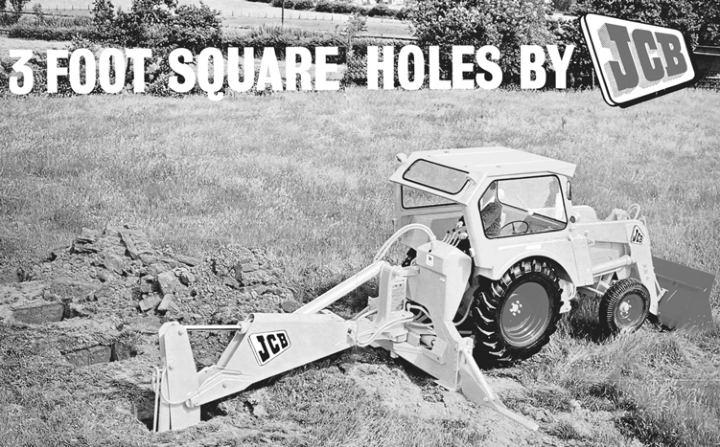
2 minute read
CONSTRUCTION BOOM LEADS TO EVOLUTION OF BACKHOE LOADER
By Katherine Petrik
CEG EDITORIAL ASSISTANT
The backhoe loader is one of the most common pieces of construction equipment. In essence, it is a tractor-like vehicle with a bucket mounted on one side and a small, hydraulic digger (backhoe) on the opposing side. The arm is connected to a boom and secured with a king post, which allows the boom to pivot 180 to 200 degrees.
Its versatility enables it to perform many tasks in almost any terrain. The backhoe loader is commonly used on projects to dig trenches for cable lines, pipes and utility lines. Other uses include demolition of small structures, landscaping, digging holes, breaking asphalt and transporting some construction materials.
In 1835, the steam-powered dipper shovel was created and used to dig through hard soil and rocks in mines. It would then load the excavated material onto railroad cars. Since the dipper shovel was rail-mounted, it was able to be moved easily from location to location. It had a short boom with a shovel and a bucket, used for digging.
Over time, modifications were made and tires or tracks were added to suit whatever job the dipper shovel was needed for. As the invention of gasoline-powered engines became mainstream, the dipper shovel was modified even further.
The modern backhoe loader has a similar history in both the United States and the United Kingdom. In 1945, following World War II, construction projects skyrocketed in both countries. It was common for builders to use tractors with various attachments, but with the housing boom, there was a call for equipment to be made more efficient and able to accommodate the types of attachments needed for the job.
In 1947, the first all-hydraulic backhoe swing frame was developed by Vaino J. Holopainen and Roy Handy of the WainRoy corporation of Hubbardston, Mass. The swing frame allowed the digging arm to swing to the side and dump the contents of the bucket. It was mounted to a Ford model 8N tractor. In 1948, the first units were sold to the Connecticut Light and Power Company for $705. Wain-Roy sold approximately 7,000 units between 1948 and 1957, mostly through Ford dealers.
Joseph Cyril Bamford started his business — J.C. Bamford Ltd. — in 1945 in Uttoxeter, Staffordshire, England. JCB Inc.,
http://drc.ohiolink.edu/ photo In 1835, the steam-powered dipper shovel was created and used to dig through hard soil and rocks in mines.
JCB photo This 1960 advertisement shows the versatility of the JCB 4 backhoe loader. as it is known today, began by creating two, then four-wheel trailers. In 1948, he created a hydraulic front loader, designed to bolt to a Fordson “Major” tractor, thus creating the Major loader.
By 1953, JCB launched what the world now knows as the backhoe loader by fitting both the hydraulic backhoe and the loader to the same tractor. Due to its popularity, the machine is still known as a “JCB” in the United Kingdom and Ireland.
Wain-Roy created the first reversible seat and then in 1954, filed a patent for the first individually-controlled outriggers. The outriggers are used to stabilize the machine and keep the weight balanced so it does not tip
see BACKHOE page 68













